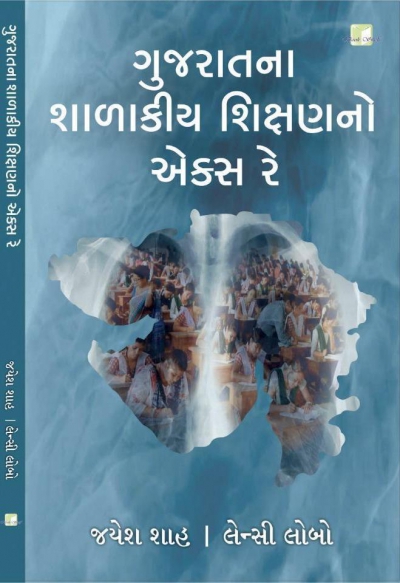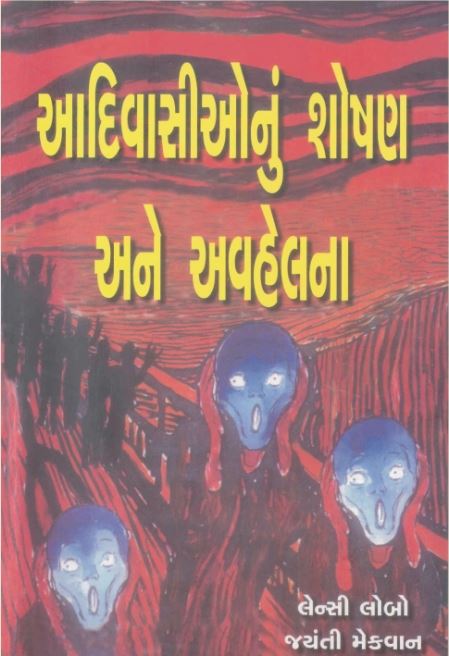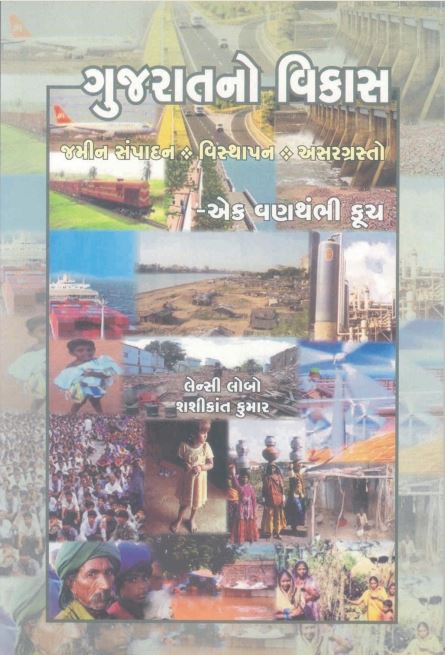
Gujaratma Shalakiya Sixshanno Xray
Authors : Jayesh Shah and Lancy Lobo
Publisher : Book Shelf, 2019
Looking to the scenario of school education in Gujarat, Centre for Culture and Development has analyzed the results of Class X and XII board examinations for the period of twenty years and come out with a book in Gujarati “ગુજરાતના શાળાકીય શિક્ષણનો એક્સ રે”. We have asked the following questions to the Class X failed students of different years: (i) what are the current source of the livelihood of the respondent, (ii) how does the respondent shape up in his/her life, (iii) how much does he/she earn, (iv) what are the problems are faced by the respondent or the struggle they had in generating source for the livelihood, (v) how many earning members are there in the family of the respondent and how much do they earn jointly and (vi) marital status and the caste and/or religion he or she belonged to. The findings are an eye opener for any policy maker or anyone who is concerned with the status of education in the context of the new national education policy. Based on the findings of the study, we have come out with revolutionary recommendations for the long term policy contours, such as (a) review of ‘no detention’ policy, (b) introduce board examination after class viii, (c) scrap class x board examination, (d) capacity building of the teachers, (e) regular assessment of all the stakeholders, (f) introduce school-based practices for learning improvements, (g) separate Indian education services (IES) cadre and (h) establishment of vocational training schools.
Adivasionu Shoshan ane Avhelna (Fourth edition)
By: Lobo, Lancy and Jayanti Macwan
2008. Adivasionu Shoshan ane Avhelna (Fourth edition), Vadodara: Centre for Culture and Development.
This book contains the history, culture, society and economic status of tribals in Gujarat. Tribals are spread in the in the eastern, hilly and forested Gujarat with dry and subsistence agriculture. They also rely on forest products for survival. The eastern Gujarat is poorest as compared to other parts of Gujarat. Forests, water resources and underground resources being plenty in this region commercialization and market forces have displaced and marginalized the tribals over a period of time. Hence tribal rights have been infringed over their land, water and forests, leading to disintegration of their identity. The main questions that face them are: 1) How to safeguard their livelihood rights and 2) how to protect themselves from being absorbed in competing identities.


Gujaratno Vikas
By: Lobo, Lancy and Shashikant Kumar
2008. Gujaratno Vikas: Jamin Sampadan, Visthapan, Asargrasto- Ek Vanthambhi Kooch (Second edition), Vadodara: Centre for Culture and Development.
This book is a first-ever detailed analysis of the land acquired for development projects and their impact on the displaced and project-affected people of Gujarat, from 1947 to 2004. It begins with a debate on the meaning of the term 'development' and focuses on displacement, marginalisation and impoverishment as direct consequences of admittedly debatable methods of progress adopted in Gujarat in the name of development. The book presents a comprehensive account of land acquired for water resources, industries, mines, HRD, transportation/communication, and urban development projects and focuses on the people displaced and affected by them. Additionally, it pays special attention to the legislative hurdles in rehabilitation and compensation procedures which follow displacement.
